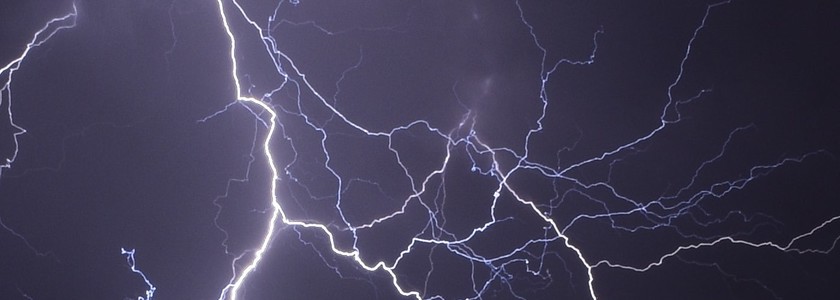

A new study released in the African Journal of Ecology looks at the effects of giraffes' height and if they are more susceptible to being struck by lightning (a.k.a. being a lightning rod). The study's scientist, Ciska Scheijen, has been studying giraffes at the Rockwood Conservation in South Africa for about the past year.
In the conservation area earlier this year, there were around eight giraffes seen together. On February 29, 2020, a brief, but strong, thunderstorm moved into the area with dangerous and frequent lightning, as well as very heavy rain. On March 1, Scheijen noticed only six giraffes and thought this was unusual. The next day, she found the other two giraffes dead, just a few meters apart. They were found not far from where the storm occurred and Scheijen determined they died during the thunderstorm. They found "a large distinctive fracture in the skull of the elder giraffe where the right ossicone, the horn-like knobs on top of giraffes’ heads, met the skull. This suggested a direct lightning strike." Scheijen suggests, because there were also no trees around, the female giraffe that was found dead would have been the highest point of contact for lightning in the area, and therefore, was hit directly. The other giraffe (who was a little bit shorter) was the victim "of a side flash or step potential."
"There are four ways lighting can kill an animal: direct strike, side flash (near an object that is hit by lightning), step potential (a discharge of lighting in the ground), and touch potential (when part of the body makes contact with a stricken object while also still touching the ground)," the article mentions. Previous unpublished observations by Scheijen note that "giraffes walk approximately 13 percent shorter distances during rain compared to when it’s dry, suggesting that giraffes do adjust their behavior in response to the weather. The fact giraffes are not found more often killed by lightning could be because they know to shelter under larger trees, but there is no clear evidence of that yet." She hopes it will inspire future research into the effects of lightning and giraffes.